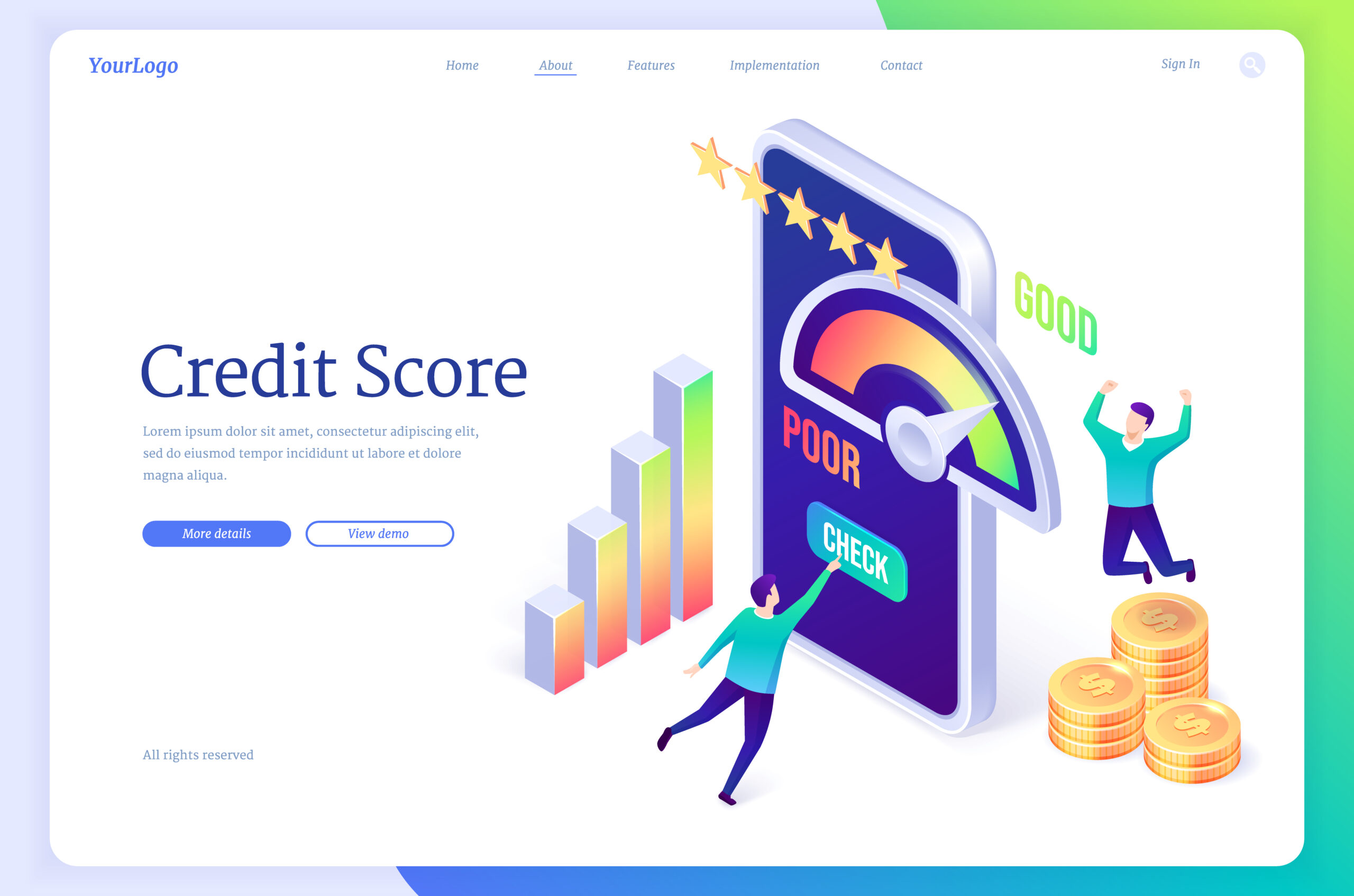A loan connector service is using innovative technology to analyze your financial situation and match you with loan offers from their network of reputable lenders. In just a few minutes, you can provide some basic details about the loan you need and your current financial standing.
Their algorithms will then get to work finding you the loan options most likely to approve your application on terms you can afford. No more filling out long applications only to be denied or offered an interest rate too high to make the loan worthwhile.
This connector puts you in the driver’s seat to find the right loan for your needs and budget. The power is now in your hands to connect with your perfect loan.
Finding the Right Loan for Your Needs
Finding the right loan for your needs depends on several factors, including what you’ll use the money for, your credit score, and how quickly you need to pay it back.
1. What will you use the loan for?
Knowing how you’ll use the funds helps determine the ideal loan type. For example, if you need a new car, an auto loan is tailored for that purpose. A mortgage helps you buy a house. Student loans fund your education. Personal loans can be used for various life needs like medical bills, home improvements or consolidating high-interest debt. Think about your goals and choose a loan that aligns.
2. What’s your credit score?
Your credit score plays a big role in qualifying for a loan and the interest rate you’ll pay. Scores over 700 generally qualify for the best rates. Under 600 may limit your options or require a co-signer. Check your latest credit report and score for free to know where you stand.
3. How quickly can you repay it?
The loan term, or length of time you have to repay it, depends on factors like the amount borrowed and your budget. Shorter terms of 1-5 years mean paying it off quicker but higher payments. Longer terms of 10-30 years have lower payments but pay more interest over time. Find a balance that fits your situation.
4. Additional options
Beyond the major types, you may consider:
- Peer-to-peer loans: Borrow from individual investors through an online marketplace. Often quick funding and competitive rates for those with good credit.
- Credit union loans: Non-profit credit unions typically offer lower rates and more flexible terms than traditional banks. Must be a member to borrow.
- Crowdfunding: Websites help you raise money from multiple small donors for life needs like medical bills, emergencies or business funding. Interest-free but not guaranteed.
The key is finding a loan that matches your needs, budget, and timeline so you can borrow confidently and repay successfully.
READ ALSO: How to Get a Quick Loan Online Using Financial Instruments: A Practical Guide
Navigating the Loan Application Process
Navigating the loan application process can seem difficult, but breaking it down into manageable steps will make it less intimidating.
1. Gather Your Information
To get started, collect information about your income, employment, and credit history. You’ll need pay stubs, W-2s, bank statements, and your credit report. Make sure everything is accurate before submitting your application.
2. Check Your Credit Score and Report
Check your credit report and credit score to see if there are any errors to dispute before applying for a loan. A higher score means better chances of approval and lower interest rates. If your score needs improvement, take time to build credit before applying.
3. Determine the Type and Terms of Loan
Decide if you need a personal loan, mortgage, auto loan, or other type of financing. Then consider the loan amount, interest rate, fees, repayment term, and other key terms that meet your needs. Compare multiple lenders to find a competitive and affordable option.
4. Complete the Application
Submit your application, either online, in person, or by mail depending on the lender. Be prepared to provide information like your income, employment, collateral (if applicable), and references. Double check that everything is accurate before submitting.
5. Review and Sign the Final Documents
Once approved, you’ll receive final loan documents to sign like the promissory note, agreement, and disclosure forms. Read everything carefully to fully understand the terms and your responsibilities before signing.
6. Funding and Repayment
The lender will fund your loan, either depositing money in your account or paying off an existing loan. Then you’re responsible for making on-time payments each month plus any fees until the balance is repaid. Stay in contact with your lender regarding any difficulties making payments.
READ ALSO: Cardiff Bank Business Loans: A Comprehensive Review
Loan Options to Fit Every Borrower
Here are some of the most common types of loans to fit different borrowing needs:
1. Personal Loans
For individuals, personal loans are popular for financing large purchases, consolidating high-interest debt, or covering emergency expenses. Repayment terms typically range from 2 to 5 years. Interest rates vary depending on your credit score and income. Shop around at different banks and credit unions for the best offer.
2. Auto Loans
If you want to buy a new or used vehicle but don’t have the cash to pay upfront, an auto loan can make that possible. Auto loans usually come with repayment terms of 3 to 6 years to keep monthly payments affordable. The vehicle you purchase acts as collateral for the loan. Interest rates depend on the type of vehicle, your credit, and other factors.
3. Mortgages
For the biggest purchase most people make in their lifetime a home to a mortgage provides the necessary financing. Mortgages come in varying lengths, typically 15 to 30 years. Interest rates are usually fixed or adjustable. Fixed rates remain the same for the life of the loan while adjustable rates fluctuate based on the market. Mortgages require a down payment, usually 20% of the purchase price or more.
4. Business Loans
For companies, there are small business loans, lines of credit, equipment loans, commercial mortgages, and other options. Repayment terms and interest rates vary significantly based on the type of loan, the purpose, and the financial health of the business. Collateral, such as business equipment or property, is often required. Business loans provide working capital and funds for expansion, equipment, real estate, and other business needs.
Conclusion
With many loan choices available, you can find an affordable option that matches your borrowing requirements and fits your budget. Do some research on your own, then meet with your bank to discuss the details and get preapproved. The right loan for you is out there.







